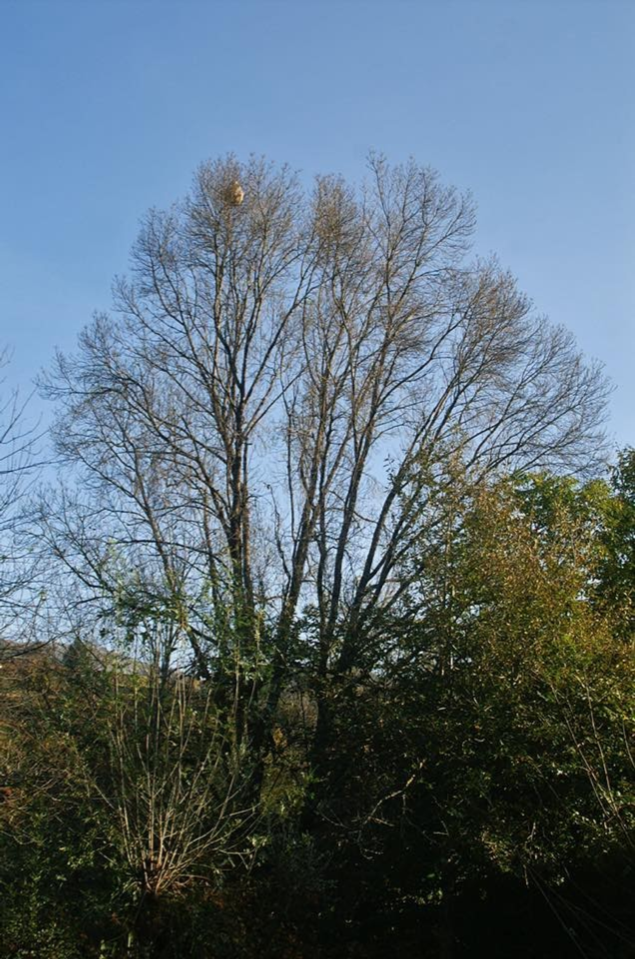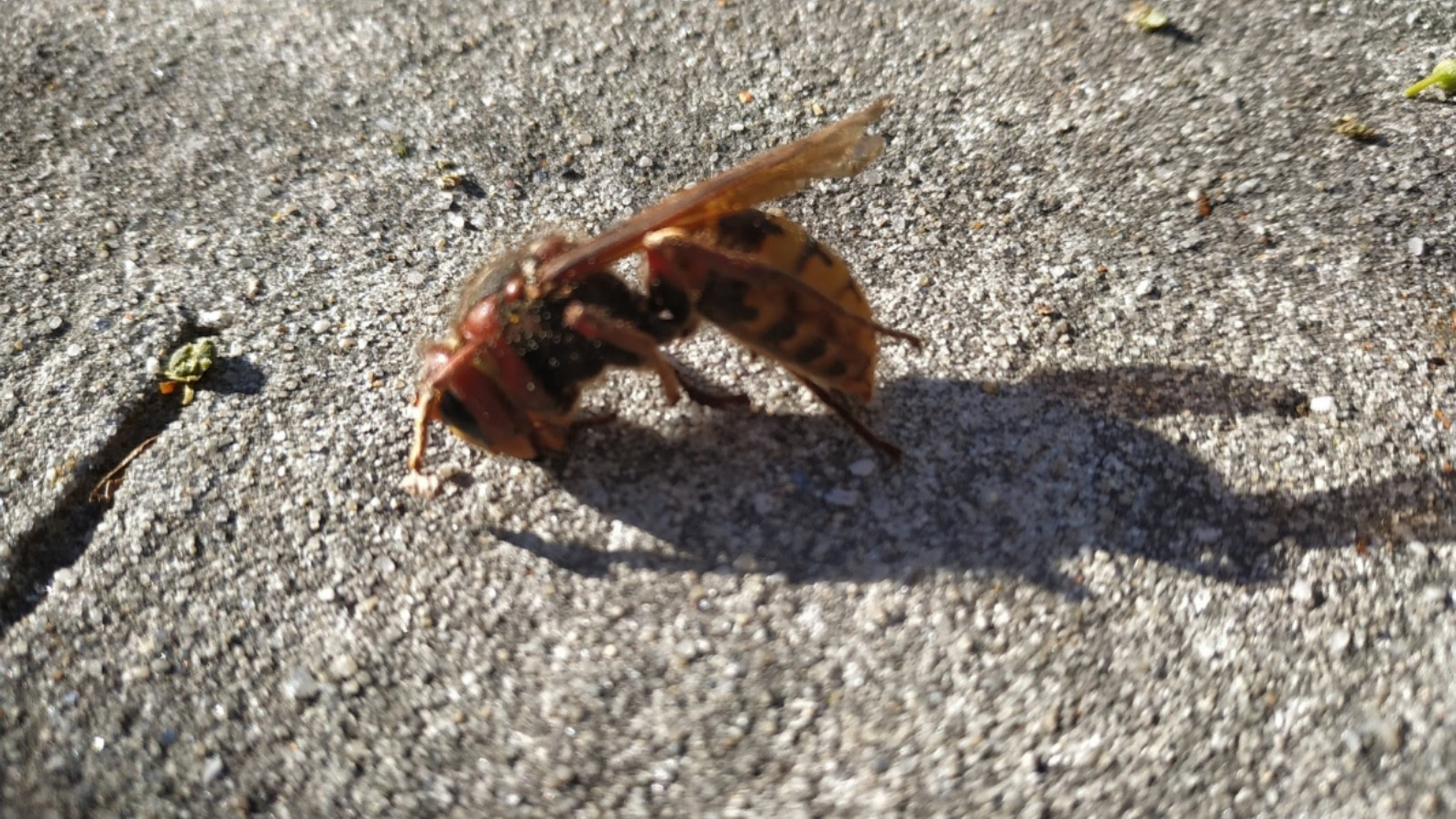Braga is losing the war against the invasion of Asian wasps which is having several consequences for local biodiversity and the economy. The Asian wasp appeared in Braga in 2014 from Spain and quickly lost control in containing this insect. At the end of all these years of combat this species has already arrived in the Portuguese capital and the government authorities assumed that at this moment we would have to get used to the idea of cohabiting with this species.
In Braga there is the Asian wasp . That species is destroying biodiversity. Is as big as a sparrow. It has an orange and black body.Their sting is 6 millimeters long.Scientists at INL (International Iberian Nanotechnology Laboratory) have discovered a new trap for Asian wasps. The trap is called arma4vespa. The system is a selective capsule that weighs as much as a bee’s abdomen, to prevent bees from catching it. Miguel Angelo Cerqueira reveals that the particles have attractive compounds for Asian wasps. The wasps take the capsules to the nest that releases a biocide that intoxicates it. Henrique Pereira from CEF tells TSF “that Asian wasps fight European wasps, but there are still no studies to show which one wins.”Henrique Pereira from CEF tells a national radio station TSF “that Asian wasps fight European wasps, but there are still no studies to show which one wins.
The Asian giant hornet (Vespa mandarinia) is a big insect. He is as big as a sparrow. It has an orange head and black body. Their sting is six millimeters long. It has long settled in the Far East. It lives in Russia, India, China, Japan, etc.
The Asian hornet is one of the most dangerous insects. Its sting often ends in a tragic outcome. This kind of insect comes here by importing ornamental bamboo in pottery from Asia. These days specimens of these insects also appear in Bosnia and Herzegovina. Their poison can also lead to cessation of renal function. The reaction occurs after one minute. Man loses consciousness, his pressure drops and he has difficulty breathing. He may die soon. Statistics show that Asian hornets injure about 1600 people a year.
The Asian hornets can be dangerous to the other insects too. They are very aggressive. 30 hornets may kill an entire colony of bees in only one hour. They kill very quickly. They cut off one bee’s head and then move to the next one. They need a lot of protein food for their litter. They find that food in the thorax of adult bees.

Asian wasp nest in trees above 10 meters
The Asian hornets reproduce rapidly. An increasingly warmer climate allows nuts to live longer than intended. Specimens of this hornet are also seen in Bosnia and Herzegovina. Renowned Bosnian director Tarik Hodzic found this type of insect in his home in Visoko near Sarajevo. Tarik Hodzic is also an insect collector. Because of it he could recognize Asian hornets.
“It is known that I have a collection of insects and that I am a collector so I recognized “this killer”. At first I did not know how to react in a panic. First I wanted to call for civil protection. I felt an obligation to inform the public that this danger was in Visoko. Beekeepers should know much more about this dangerous insect”, Mr. Hodzic said.
The Asian hornet was noticed in our neighborhood too. Reports say that it causes great damage to beekeepers in Croatia and Serbia.




You must be logged in to post a comment.